It was not the kind of comeback Indian fans had hoped for. After more than seven months away from international cricket, both Rohit Sharma and Virat Kohli were back in blue, ready to take on Australia in the first ODI at Perth on Sunday. But the script turned out to be far from ideal. The two stalwarts of Indian cricket, who were considered the very backbone of India’s batting for more than a decade, walked back to the pavilion early, leaving fans disappointed.
Rohit, facing Josh Hazlewood, never looked settled. After a few tight deliveries, Hazlewood set him up smartly with a bit of bounce. The former Indian captain edged to the second slip for just 8 runs off 14 balls. Kohli’s dismissal came even earlier as he fell for an eight-ball duck to Mitchell Starc, drawn into a drive that he would usually send through the covers. Instead, he got a thick outside edge and the ball was caught safely at backward point.
There was nothing extraordinary about the deliveries that got them out. Yes, both were decent balls, but not unplayable. The main issue was the rustiness and the lack of sharpness that comes when two senior players return after a long break. Rohit and Kohli have carried Indian batting on their shoulders for years, but at 38 and 36 respectively, such off days may become more frequent if they are not in continuous rhythm.
Rust was always on the cards
It shouldn’t come as a shock to anyone that both legends struggled in their first match back. Cricket is a rhythm game like tennis and golf – the more you play, the better your instincts get. After such a long layoff, one’s timing and decision-making tend to slow down. For Kohli and Rohit, the transition from long breaks to high-intensity international cricket is always going to be tricky, especially when facing a quality Australian pace attack in fast and bouncy conditions.
What India witnessed in Perth may well become a pattern. Whenever Kohli and Rohit return after long breaks, they may need a couple of games to find their groove again. That’s a trade-off India must accept if the two legends continue to play on a selective basis, focusing only on 50-over cricket after stepping away from Tests and T20Is.
Impact Shorts
More ShortsLack of match practice
Another important factor is the changing schedule of ODI cricket itself. Unlike a decade ago, when bilateral ODI series were regular, the modern calendar is packed with T20 series and Test commitments along with leagues all over the world. ODI series are fewer with long gaps. That means players rarely get a consistent run in this format. For players like Kohli and Rohit, who are no longer involved in every format, the long breaks between ODIs will make it even harder to stay in rhythm.
When they do play, it may take them time to adjust, something Shubman Gill and Gautam Gambhir must be ready to manage if they want to play these icons until the 2027 ODI World Cup. They are still capable of match-winning knocks as shown by them in the ICC Champions Trophy earlier this year, but consistency might become a problem because of the lack of match practice.
Ro-Ko must return to domestic cricket now
If Kohli and Rohit are serious about playing the 2027 ICC Cricket World Cup in South Africa, the path ahead is clear - they must play more cricket, even if it means going back to the domestic circuit. The Vijay Hazare Trophy, BCCI’s premier domestic 50-over tournament, can provide valuable match practice. It might not have the same glamour as international cricket, but it will offer them a chance to sharpen their skills and rhythm.
This move would also set an example for younger players, showing that no one is above the game, no matter how big a name they are. Even the legendary Sachin Tendulkar went back to domestic cricket every now and then to refine his skills. Both legends have done this before in earlier phases of their careers and there’s no reason why they can’t do it again. They both played a solitary Ranji Trophy game earlier this year after a dismal Test tour of Australia, though they retired after that.
Selection pressure will only grow
India’s chief selector Ajit Agarkar has already hinted that seniority alone won’t guarantee a spot anymore. He has made it clear that Rohit and Kohli’s inclusion in future squads will depend on form and fitness, and that younger players could be considered as replacements if needed.
This means that every comeback will be under the microscope for Rohit and Kohli. Every failure will spark questions about their future in the side. The competition is fierce with emerging names like Yashasvi Jaiswal, Sai Sudharsan, and Abhishek Sharma waiting on the sidelines.
Time for a mindset shift
Rohit and Kohli must accept this new phase of their careers and remember that preparation matters more than ever now. The challenge will be to always stay ready for anything they might face ahead, and for that, they need to find ways to bridge the gaps that come with playing only one format.
The team management must also keep in mind that relying solely on experience will not always guarantee success. They need to plan carefully around Rohit and Kohli, ensuring they get enough match practice before every series to maintain the rhythm, and must ensure that they do listen if asked to play domestic cricket.


)
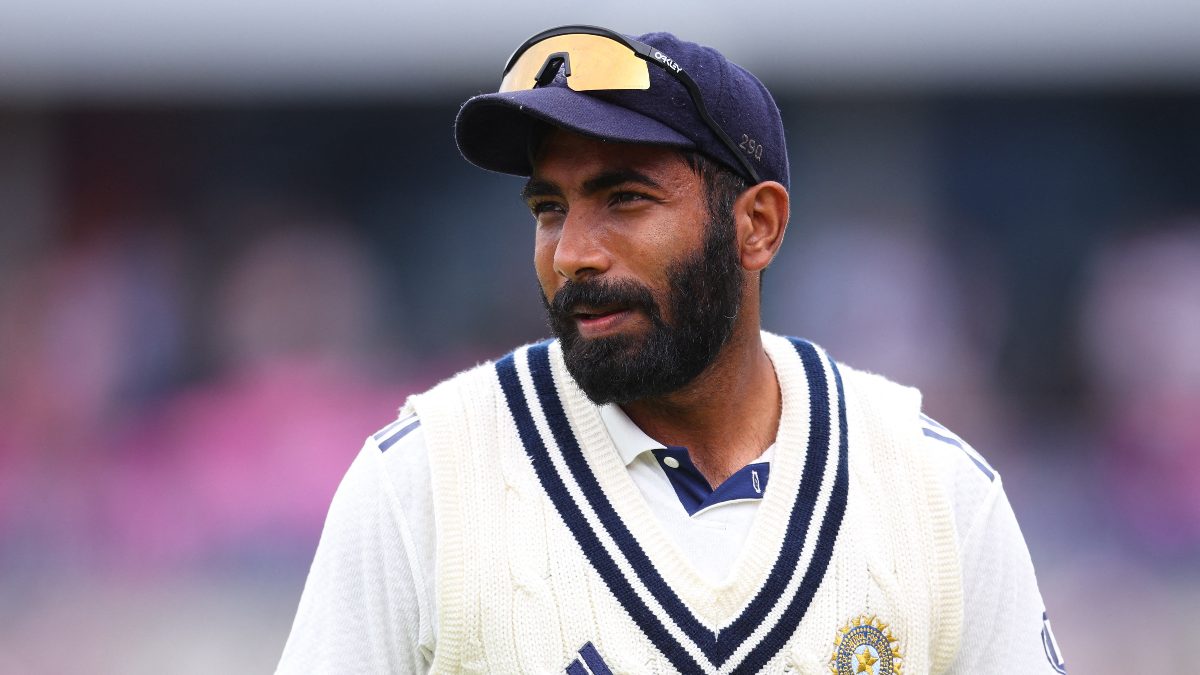
)
)
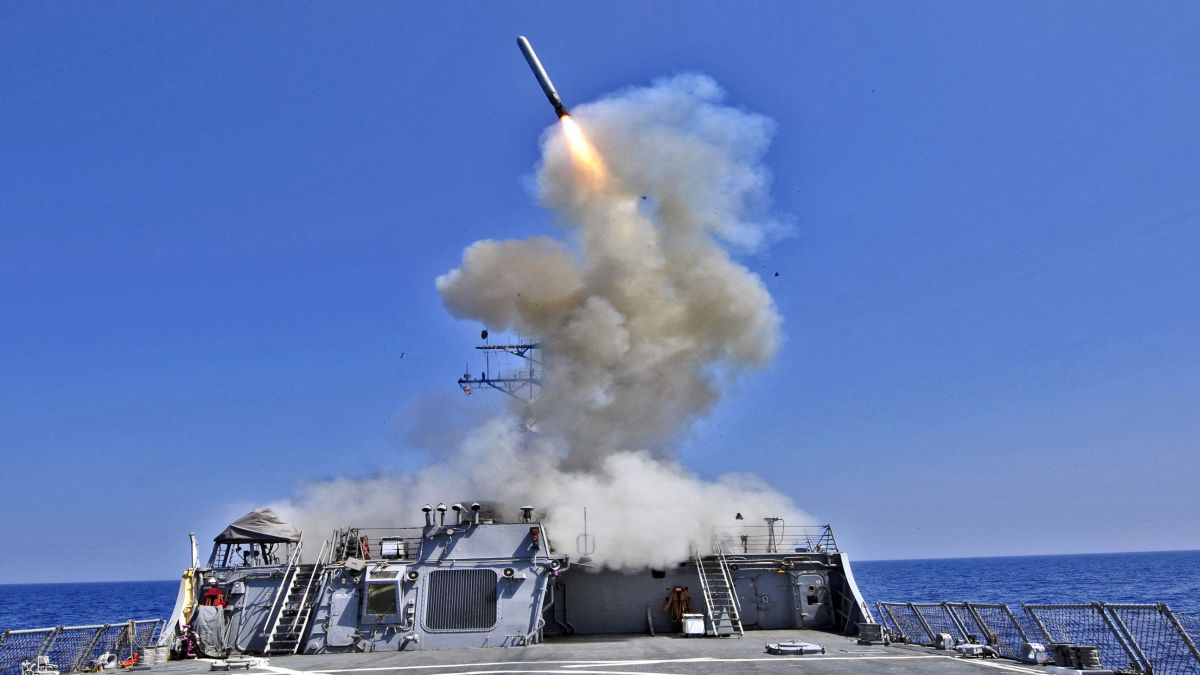)
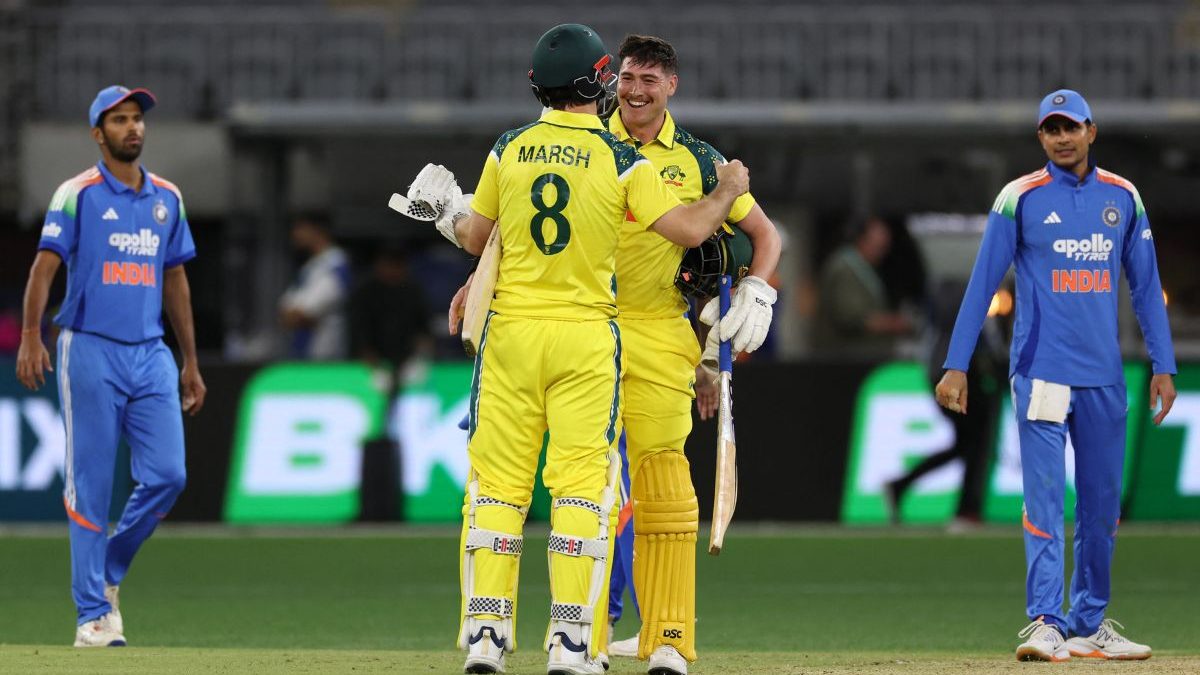)
)
)
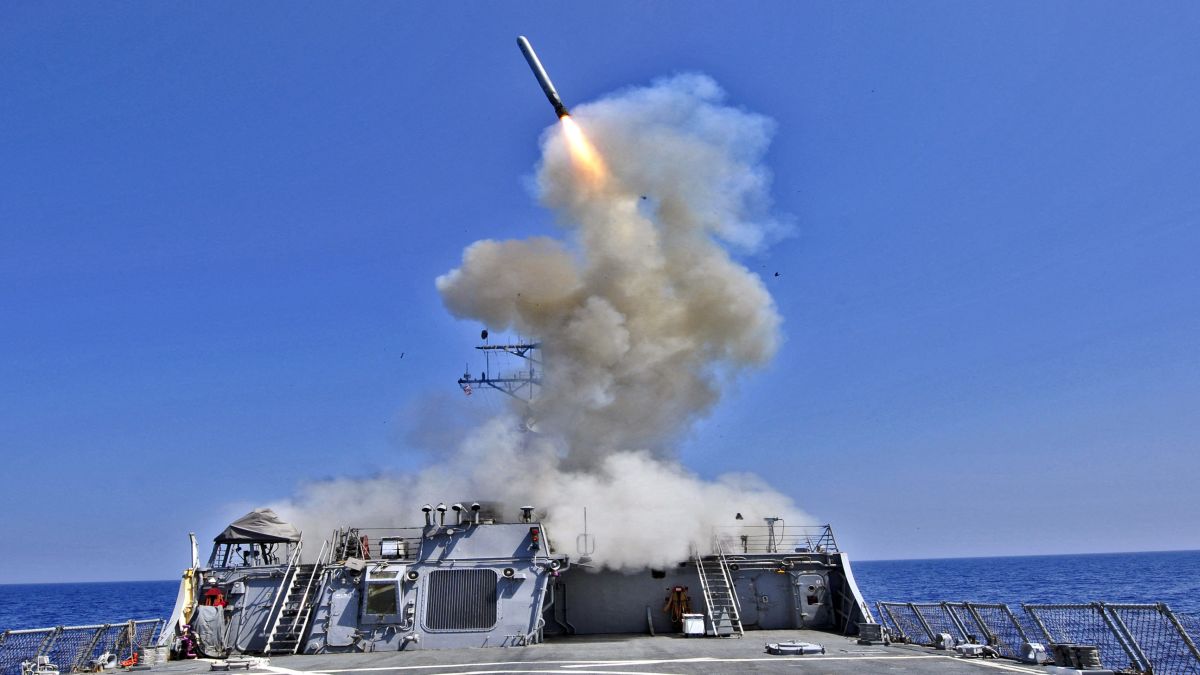)
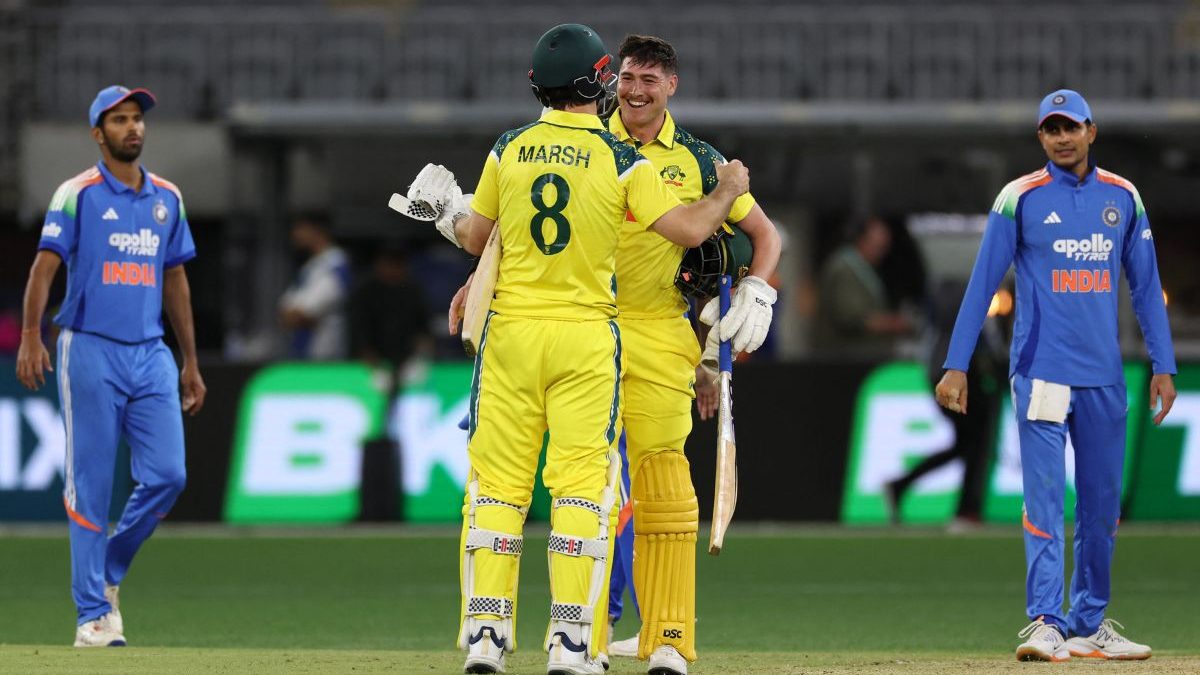)



